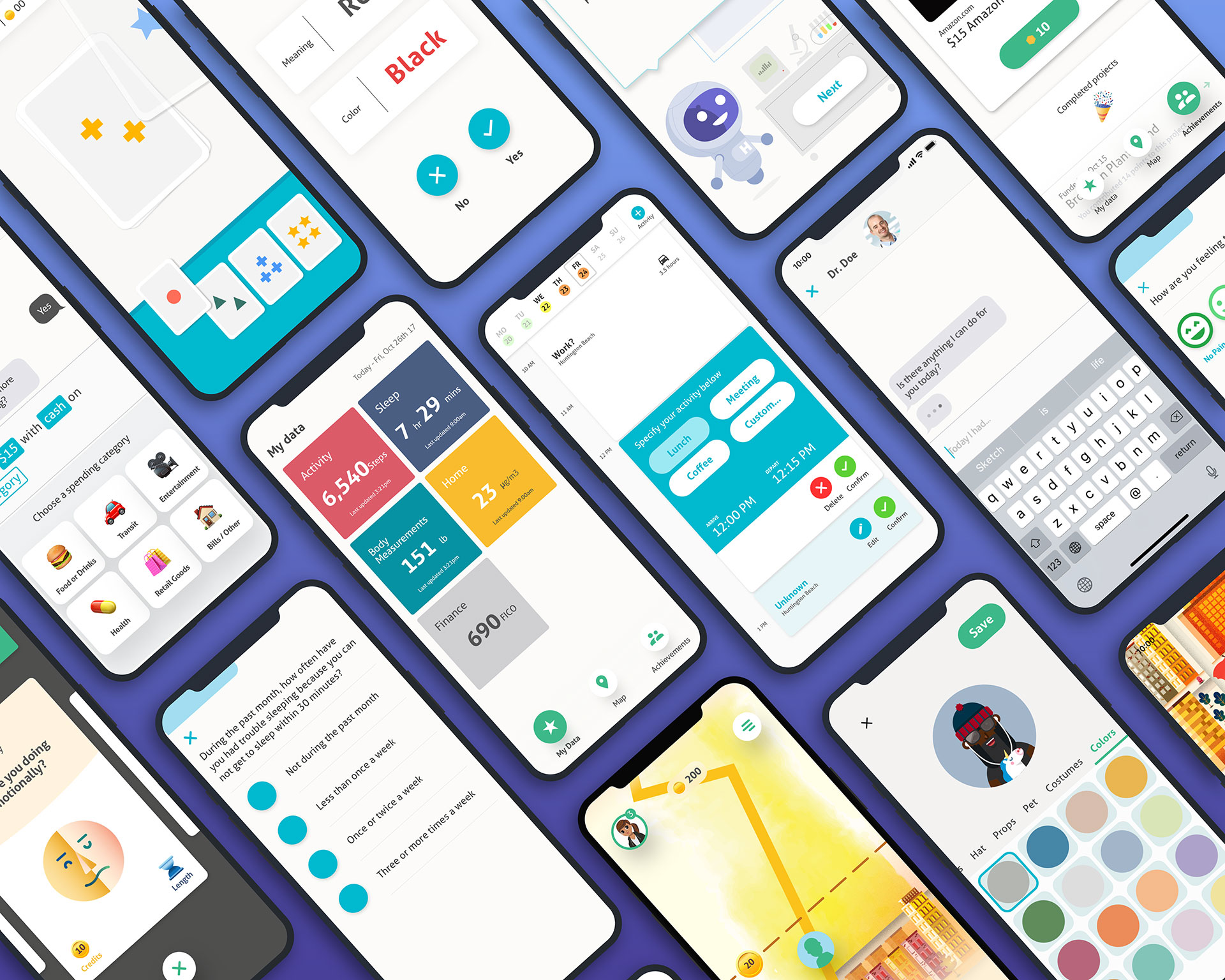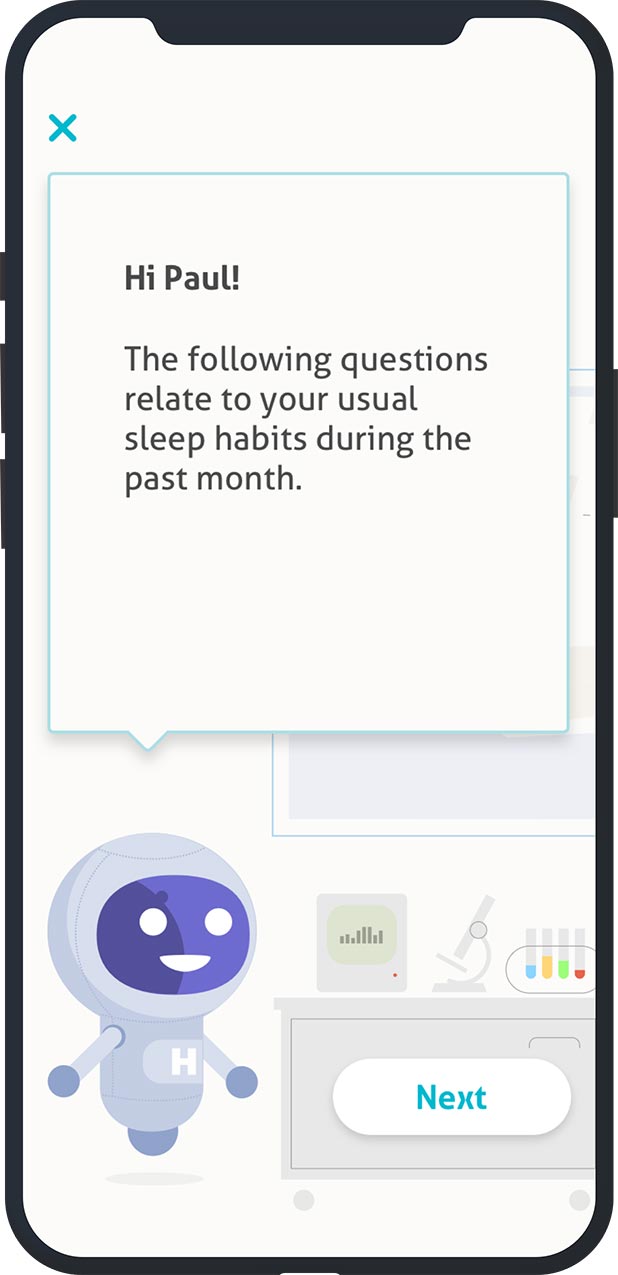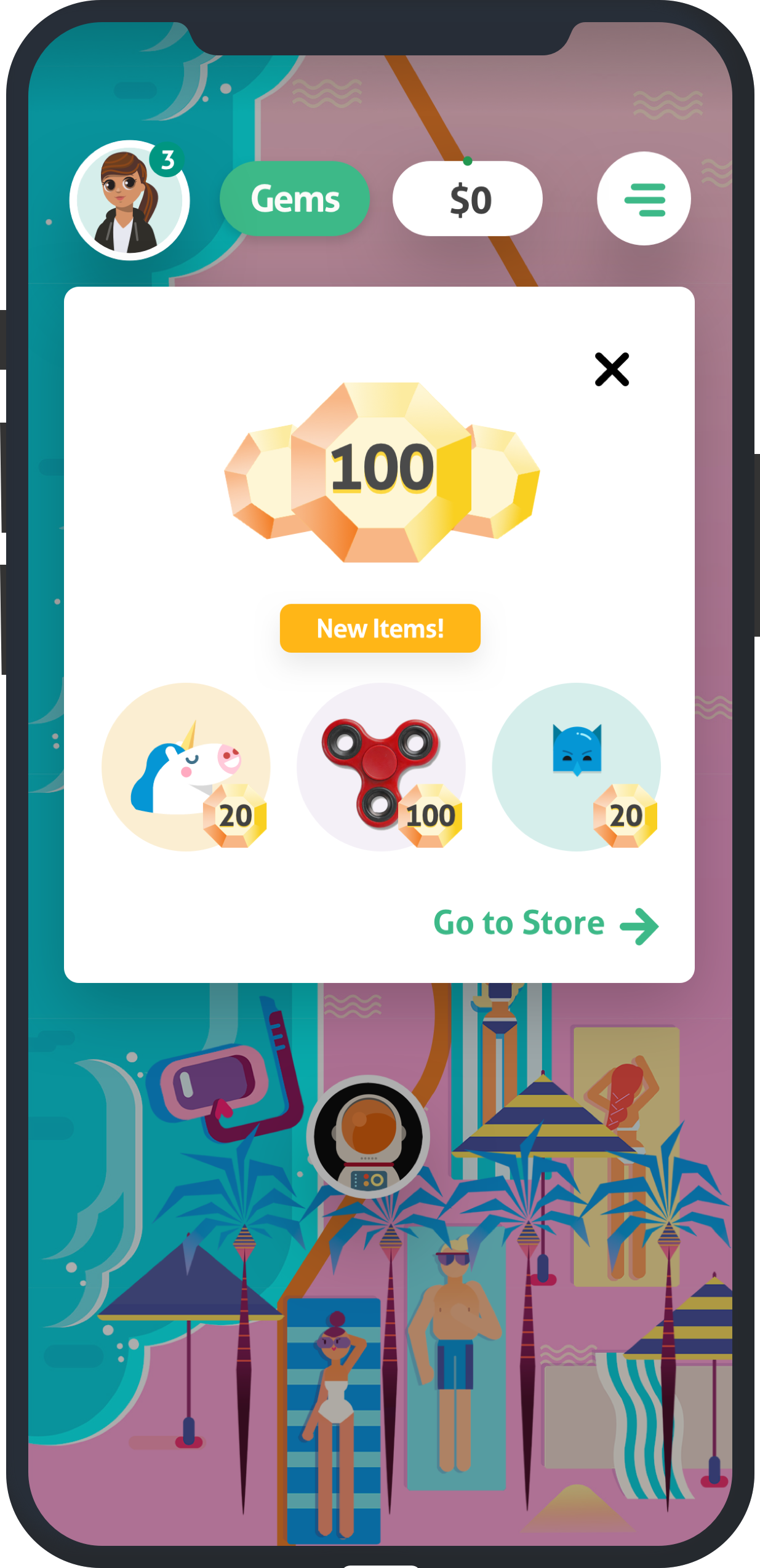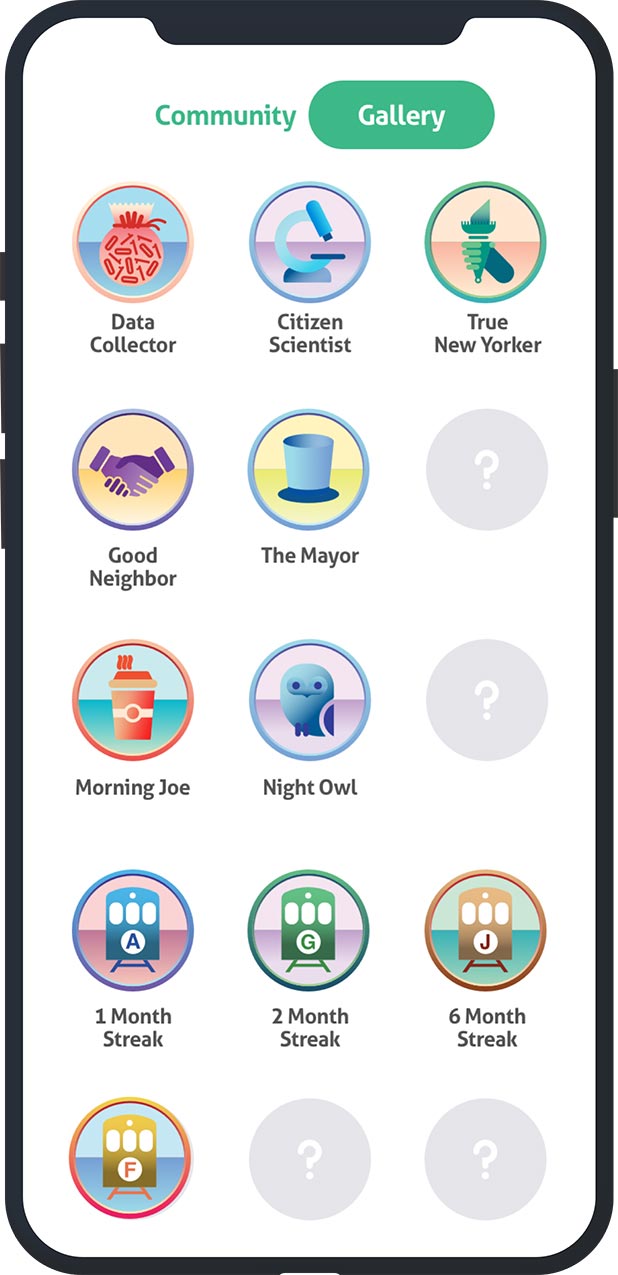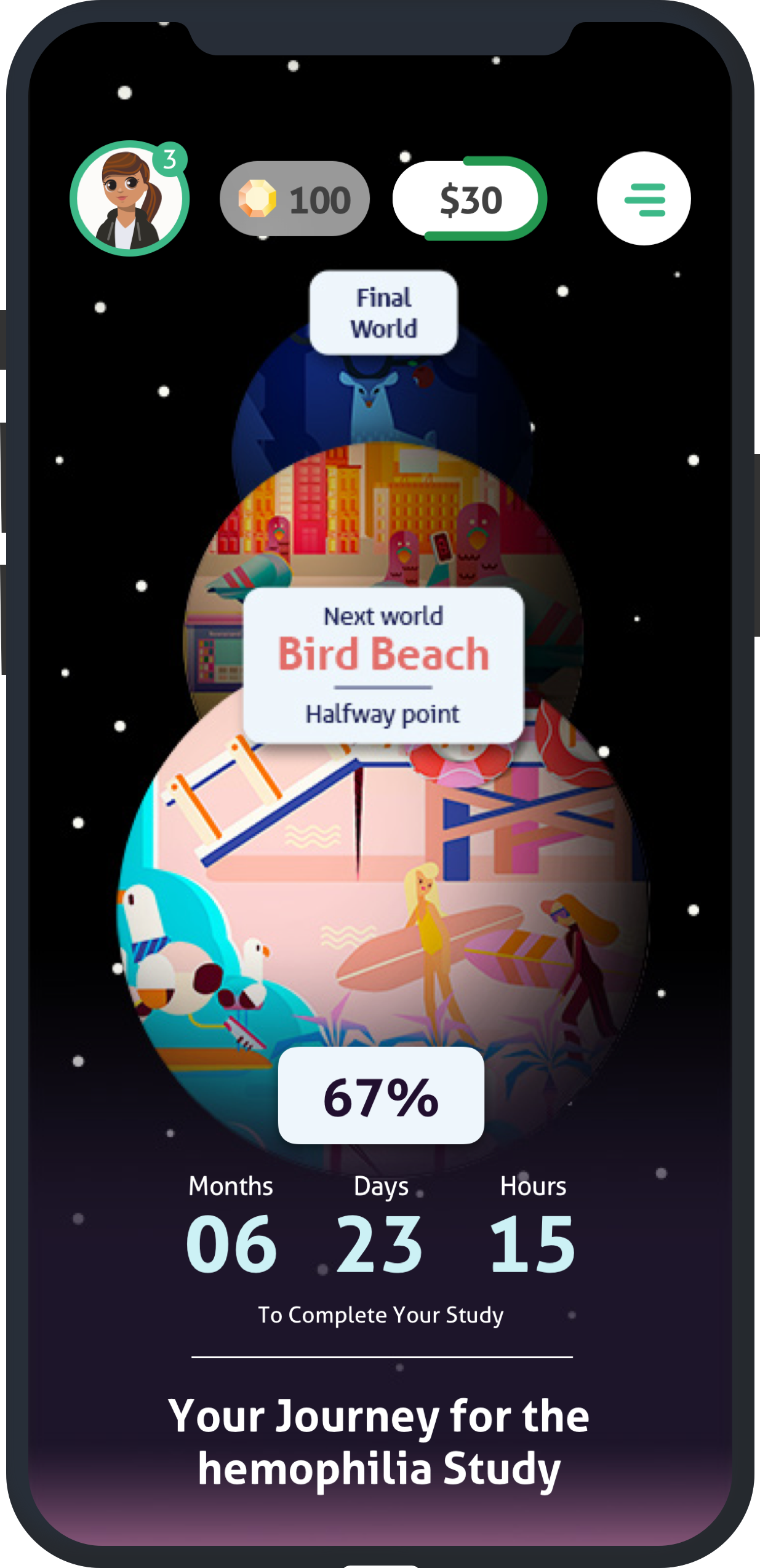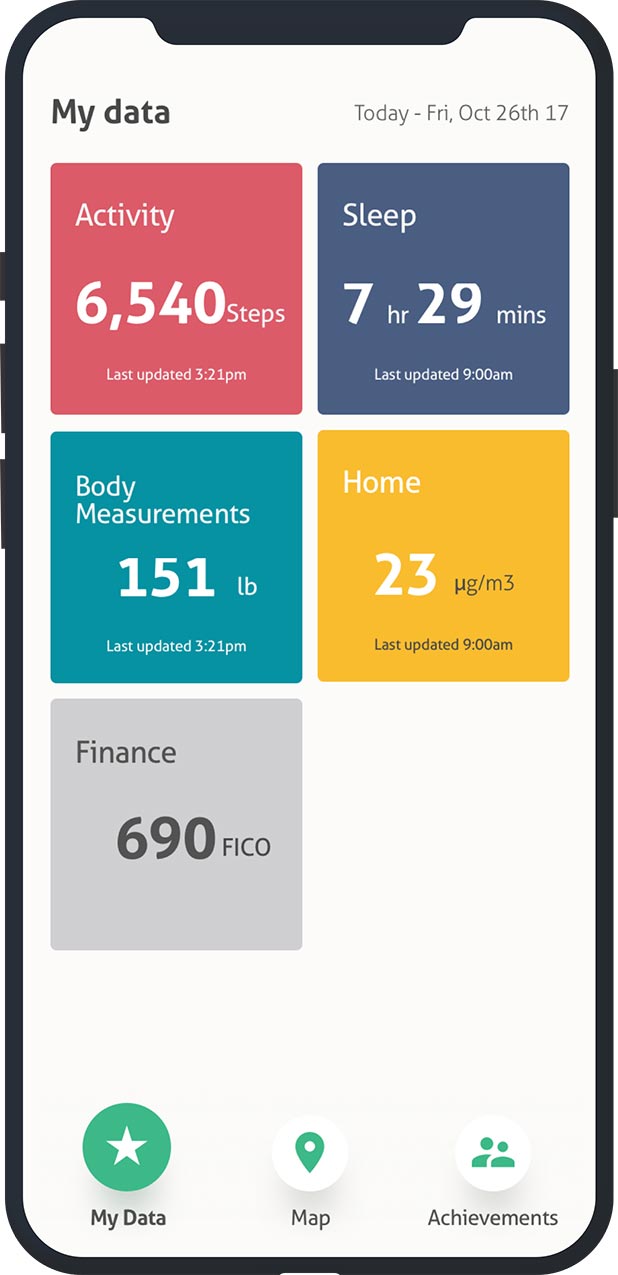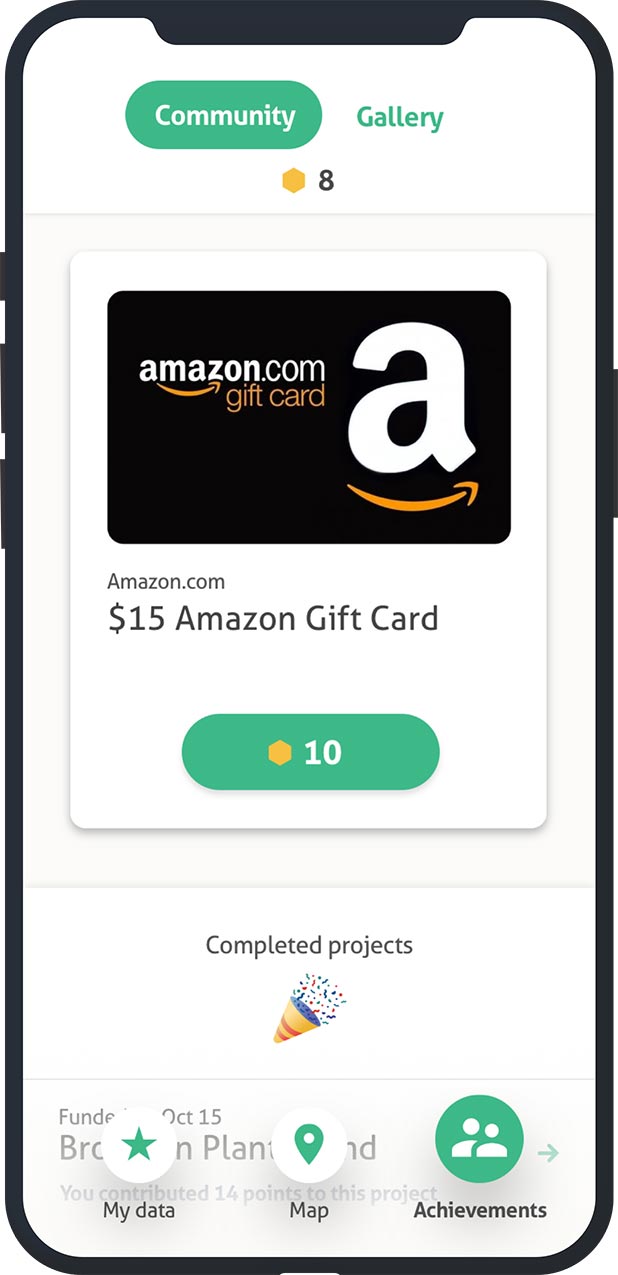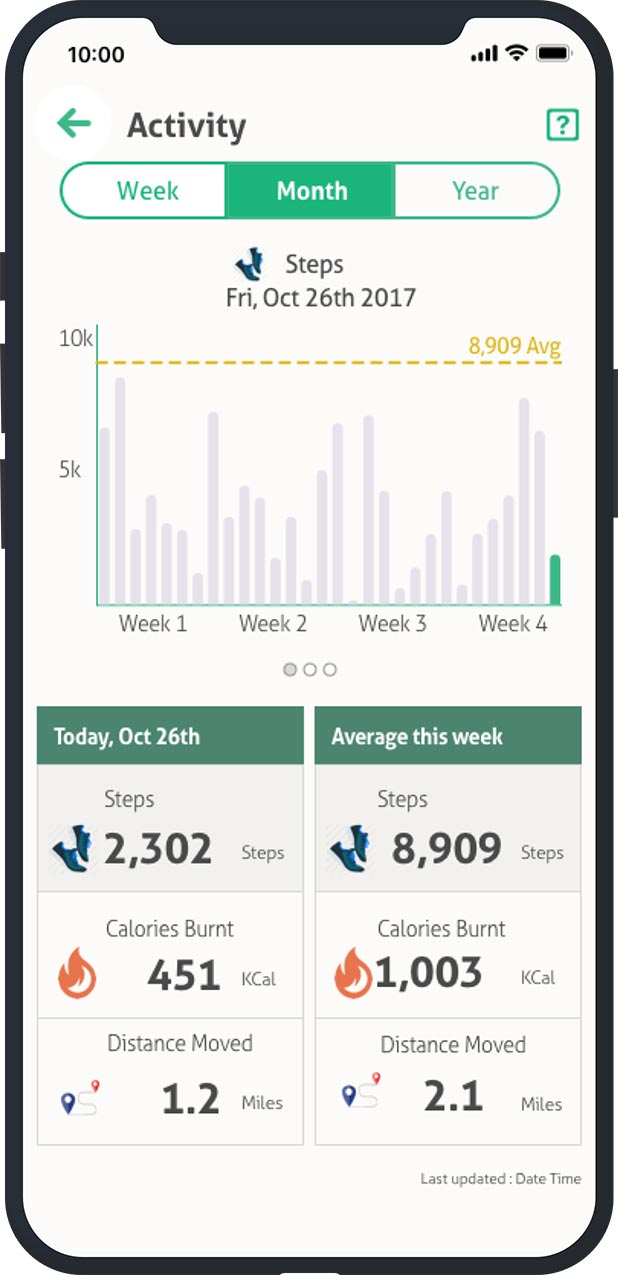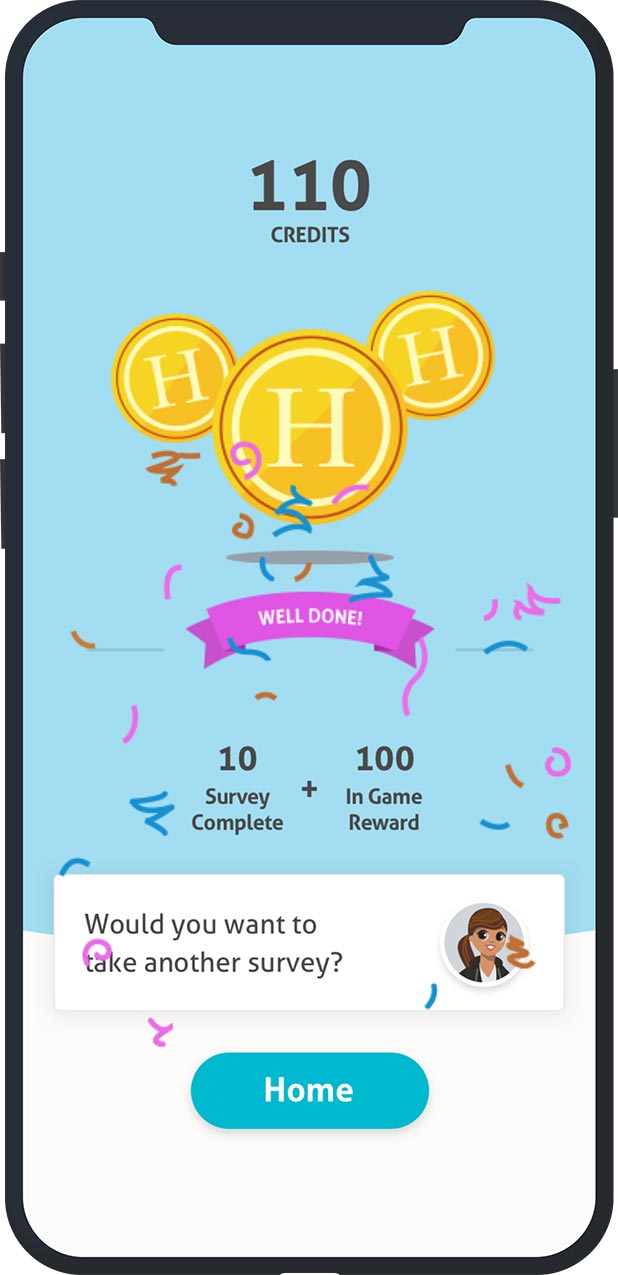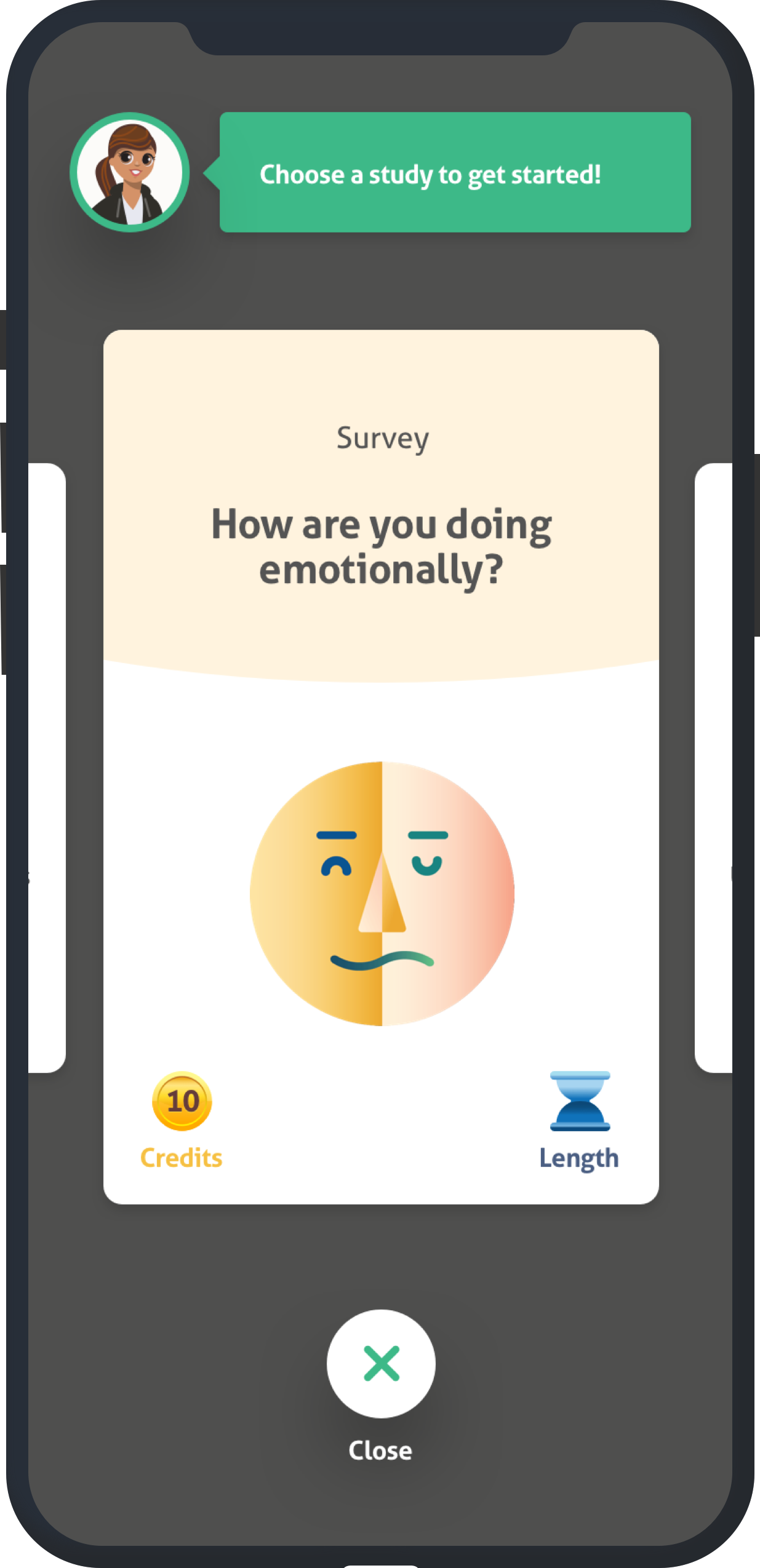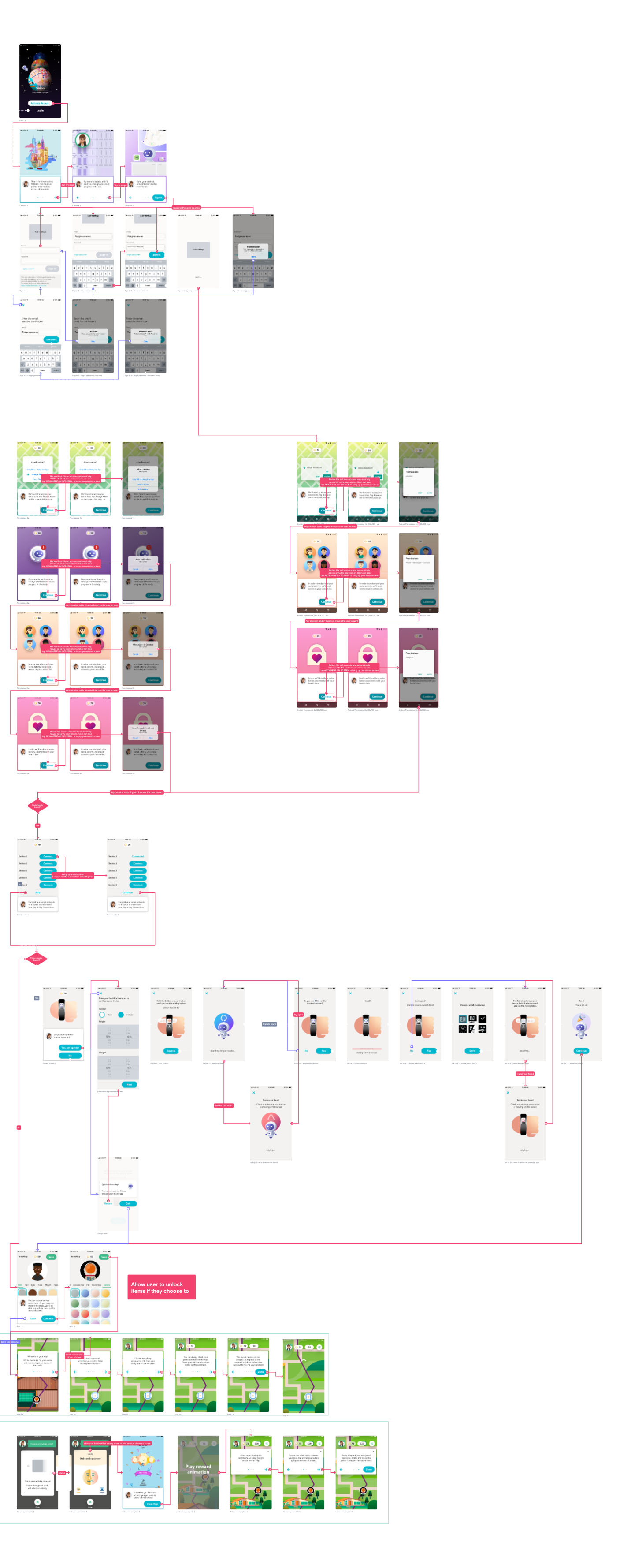Linkt clinical health app
Company: Datacubed Health, 2016-2019
Role: UX Lead, Director of User Experience, CTO
Team: Interaction Designer, Visual Designer, UX Researcher, Illustrator
problem
Clinical research is a long and painstaking process that involves using human subjects to test experimental medication. The current process outlined by the FDA is focused on safety and efficacy, but at the expense of patient experience and humanity. Typically, 50% of the patients who are taking part in a clinical trial, often hoping to seek relief for a serious or terminal illness are only given a placebo.
Datacubed was founded by PhD researchers and behavioral scientists from NYU to help bring a human element to clinical research, with the goal of making the trial experience more enjoyable for participants, resulting in better compliance, better data, and fewer drop outs.
The average clinical trial participant costs over $40,000 - with trials often having as high as 30% dropout rates due to non compliance. This represents a massive cost burden to researchers.
Source: Clinical Leader
Challenges
I joined Datacubed as their first UX designer. Over the course of 3 years I scaled out our design team, adding UX designers, interaction designers, visual designers and UX research as part of our core capability. With a human focused solution being our key differentiator we became a design-led organization. Our goal was to not just become an app that represented a digital clipboard.
We focused the majority of our design efforts on solving these key areas:
How do we make the participation more fun, encouraging retention using behavioral science and gamification techniques?
How do we incorporate a new range of data collection technologies like location, phone sensors, and more?
How do we design a platform for accessibility across a full range of user personas from children to the elderly?
Throughout my time at the company I led projects as a hands on design lead, helped solve specific technical challenges in collaboration with engineering, and mentored my team of young designers to produce kick ass, award winning work:
Solution
Sidekick was the first major release of our app, designed for research participants in long term clinical or academic studies. Participants earn points, unlock custom avatars and play interactive games while simultaneously contributing their data for researchers to analyze. Sidekick was a 2019 IxDA Interaction Finalist finishing in the top 3.
Gamified Journey
The participant experience is a game-arc where they must complete surveys and tasks to earn gems and progress forward in the study. The bright colorful world design is tied to the branding of specific studies and can be themed to match study goals such as fitness, diet and health, and more.
(Illustrations credit: Jia Carrie Wang)
Survey engine
A custom modular survey engine was built with accessible controls. Our design team conducted usability research to ensure the design was highly usable for senior citizens who made up a large part of our demographics. The larger buttons, large fonts and clear contrasting colors ensured good usability while minimizing distractions.
Interactive Games
Highly interactive behavioral and cognitive mini games collect data such as memory, reaction time and more while being fun for the participant. By modeling these cognitive tasks more on game behaviors, we were able to make them much more fun and easy to complete than typical lab based exercises.
Humanizing the Experience
Our UX team focused on making each touch point of the experience engaging, so that it always felt like participants were interacting with a person (or robot) within the study, and not just a computer.
Customizable Avatar system
Participants see themselves in the app by building an avatar. As they progress they can unlock fun rewards such as different outfits, costumes, pets and more.
“I never knew how much I wanted a fake cat until I started using the app” - Clinical Research Participant
Avatar sidekicks
The app is based around Isabella and her robot sidekick HUMI who are helping you complete your study and daily activities.
conversational UI
A chat interface was built to record normally arduous tasks like tracking daily expenses, nutrition or activities. Interacting with the avatars using a simple chat like menu ensures accurate data entry without the pain points of a typical open ended diary entry.
An extendable library of components
By building many of our designs in a lean and flexible way it allowed us to create a large variety of UI elements for specific studies that could be easily tailored to new uses.
We built out a component design system in Sketch which allowed for team members to quickly share and update elements with the latest styles, also allowing quick iteration when building mockups directly with our clients or for pitch decks.
Onboarding Process
The onboarding process was a critical element in the design of the app, it made sure the user could quickly get up to speed, while explaining the gamification elements of the UI that may have been unfamiliar to non-typical smart phone users. The journey was mapped out in a way that took the more exciting parts and less exciting parts and blended them together in a way that would not become tedious for any one stretch of time. The process had to include sign in, explanation of the study, consent, device permission requests, fitness tracker pairing, understanding of the map UI, understanding of the survey UI, creation and understanding of the avatar and rewards system. Blending these in the right order was critical to its success which after many rounds of revision and testing ranked very highly among users.
Initial development of the onboarding process, understanding the journey of the particpant based on what was exciting, what was boring, and how to stage the activities to help them flow out of the process in a positive way.
An example of the onboarding flow which introduces the participant, provides them with permission requests, introduces them to the UI and allows them to create and unlock their first avatar.
The modularity of the system allowed specific branches to be easily turned on or off, allowing for a seamless experience regardless of what components were in use.
Outcomes
The Linkt Platform is the core component of Datacubed’s business. Over the past 3 years it allowed me tremendous growth as a designer and as a manager, allowing me to own the full end of the product development process. The company has successfully launched studies in a number of disease areas and academic studies including one of the potentially largest vaccine studies in the world, the worlds largest Alzheimers research network, and many smaller clinical studies.
